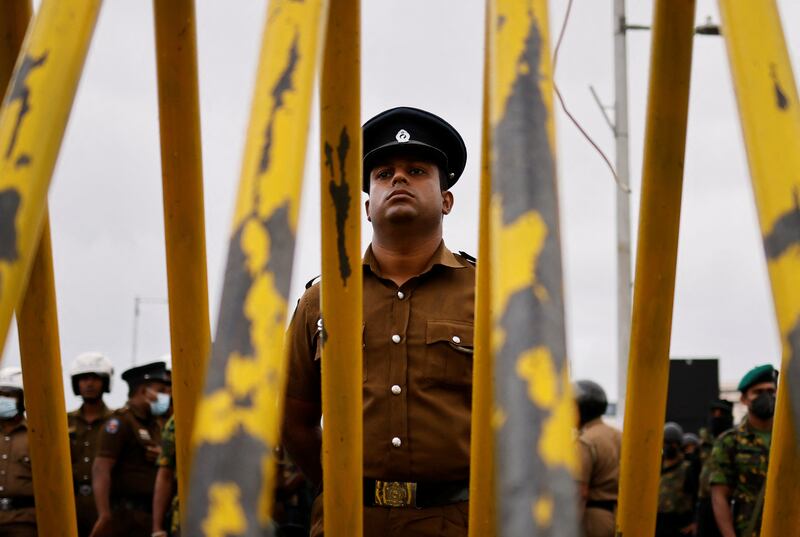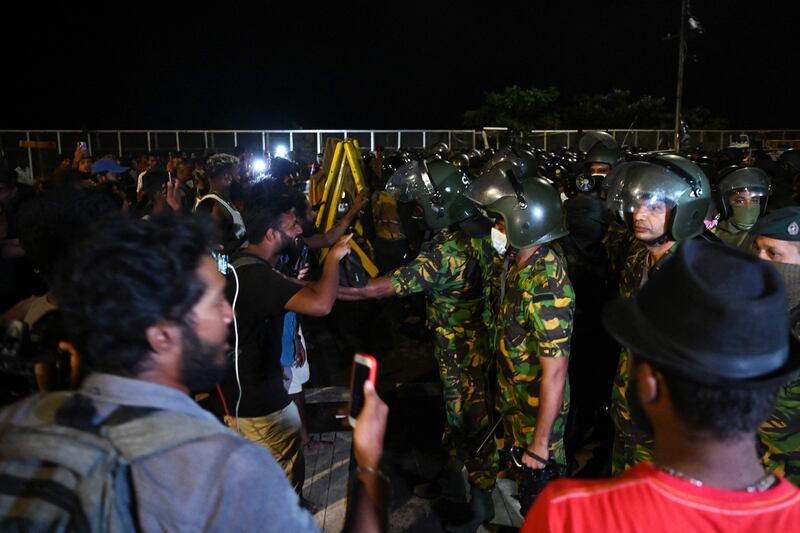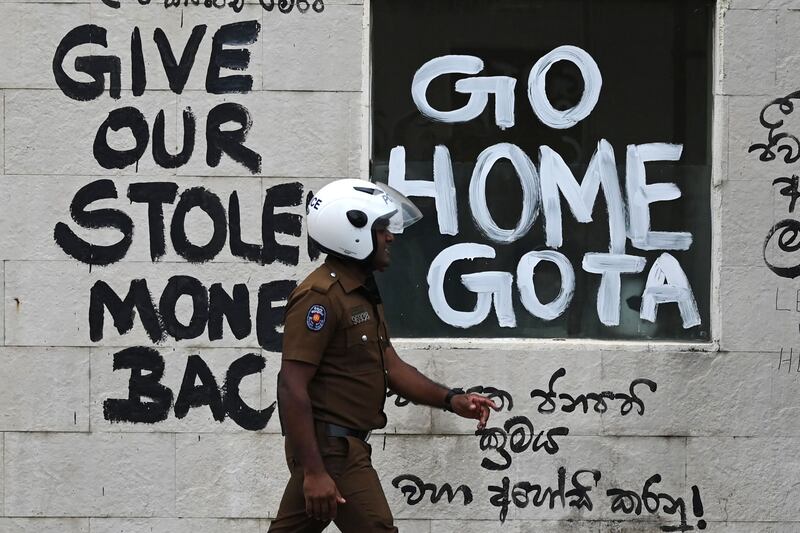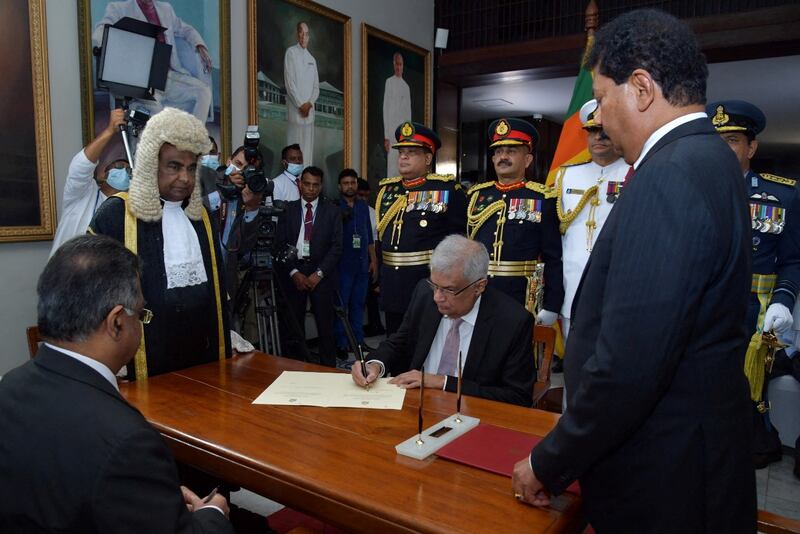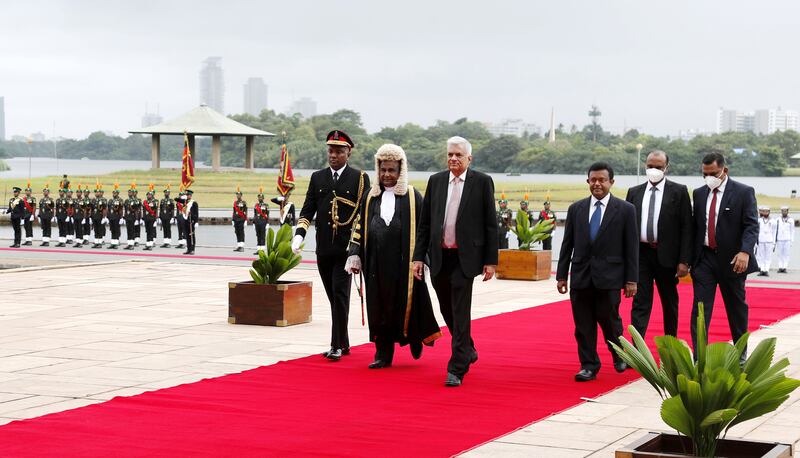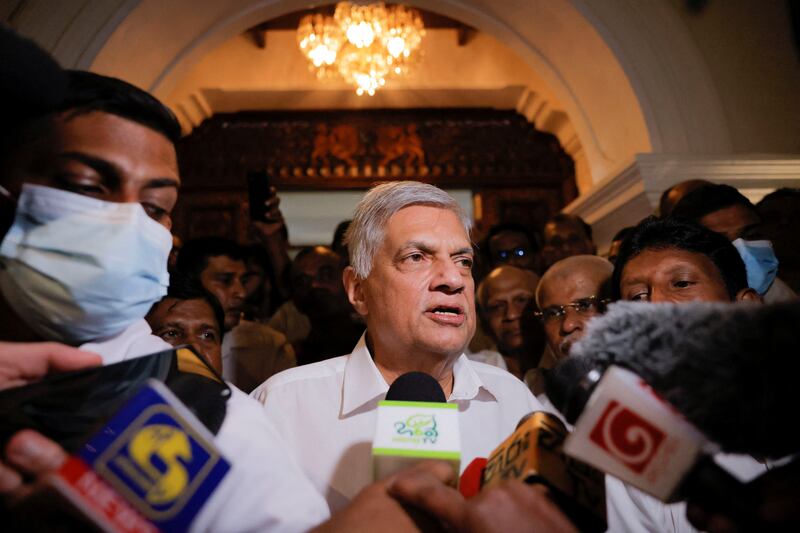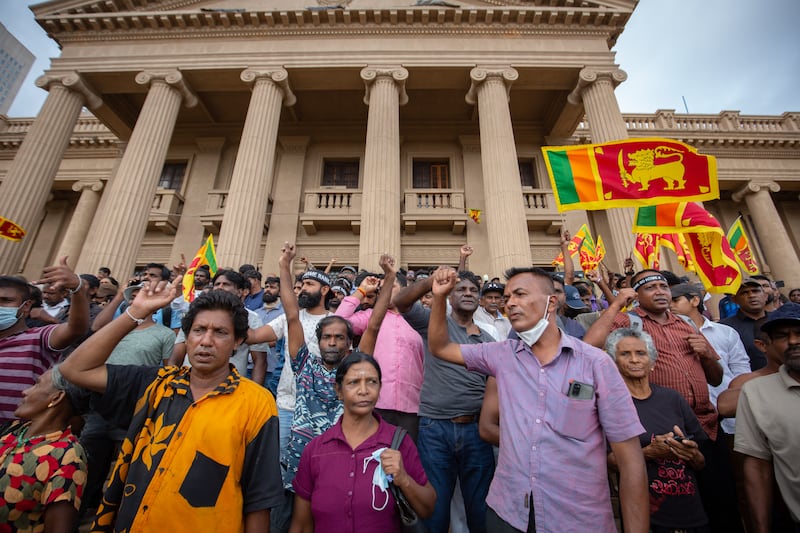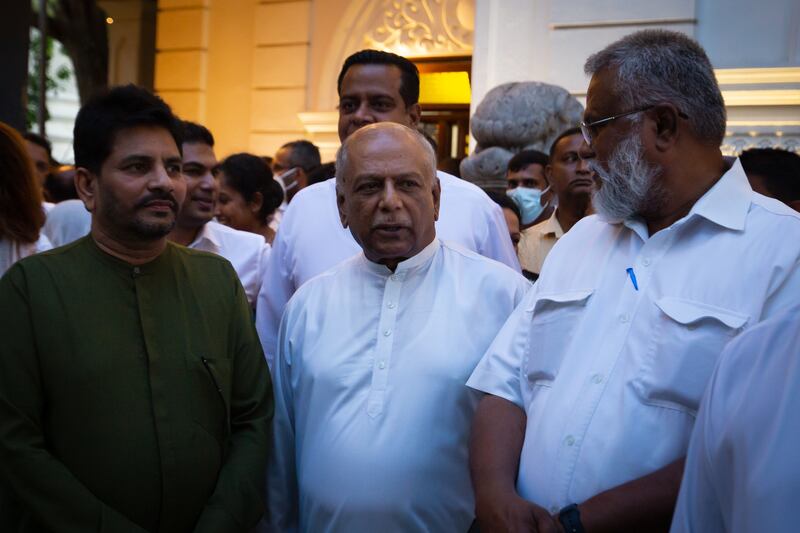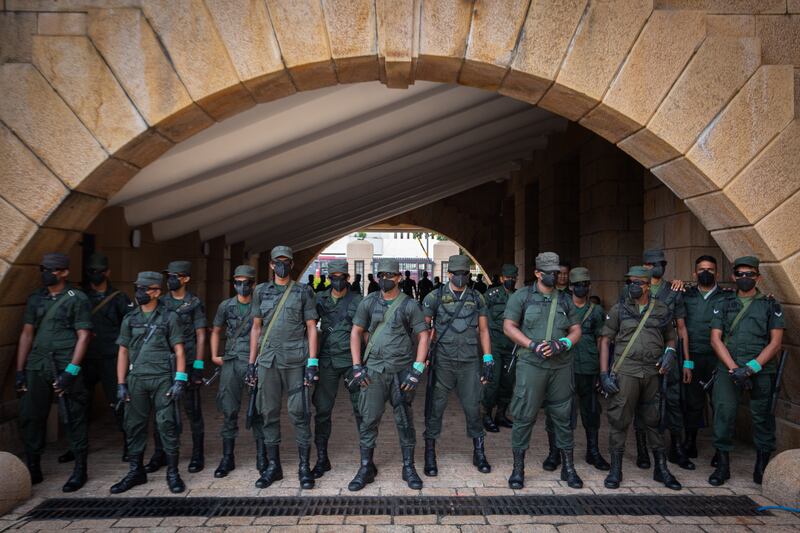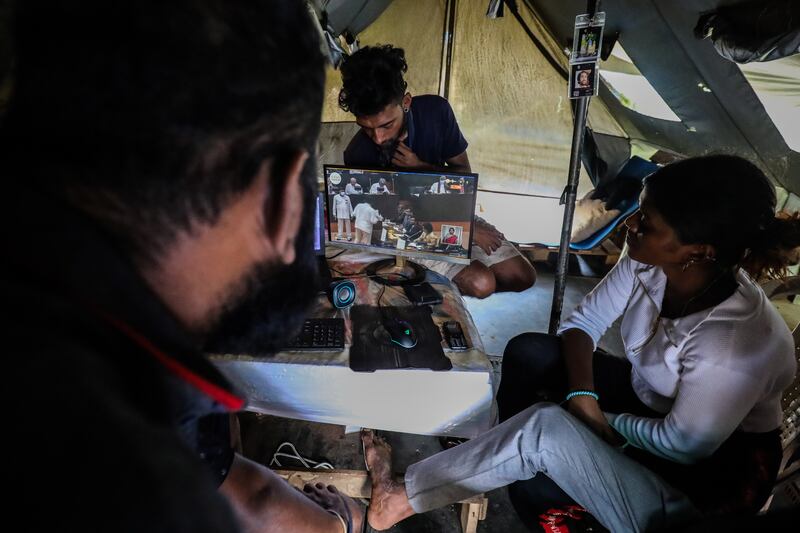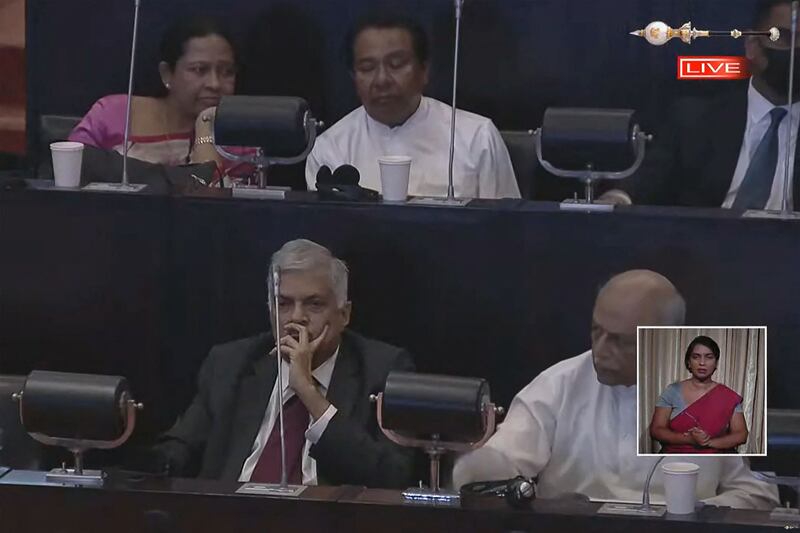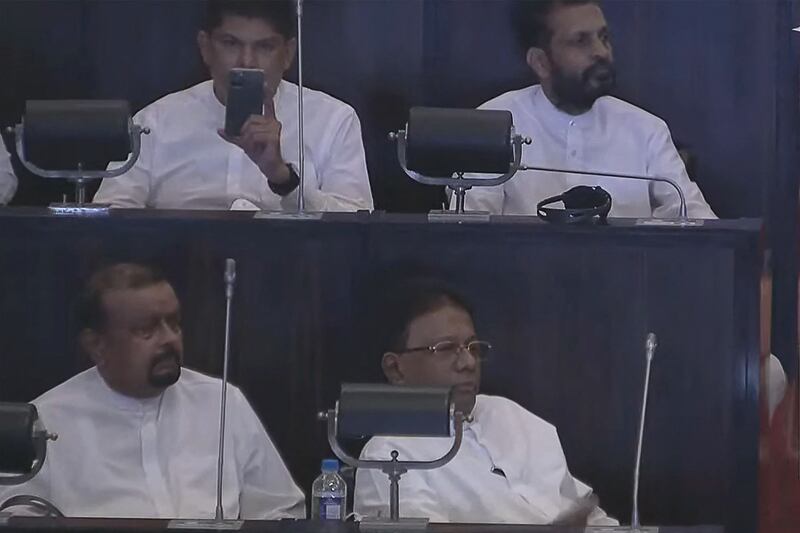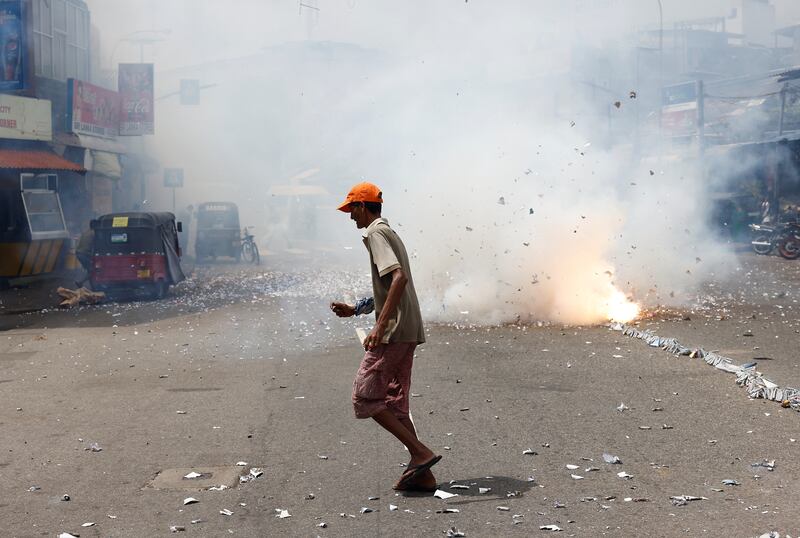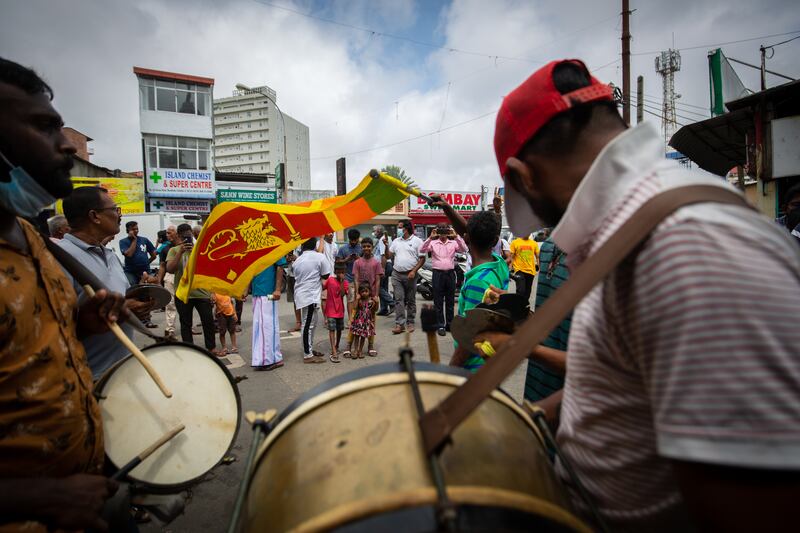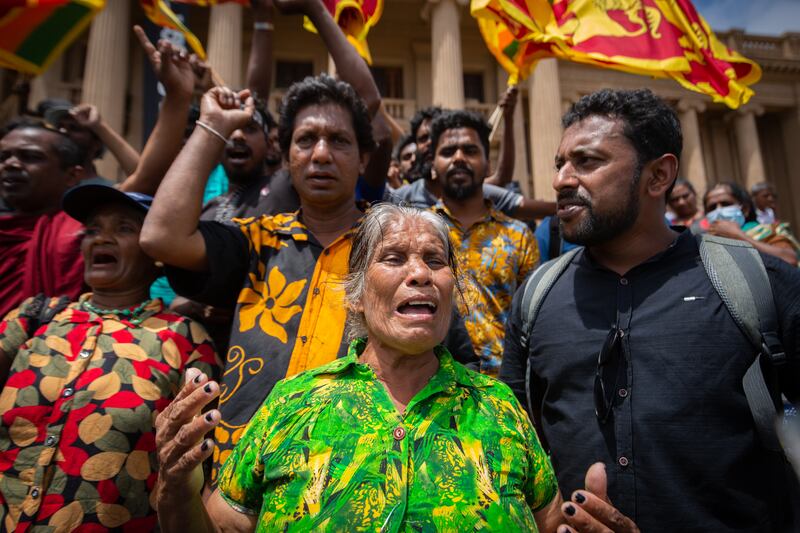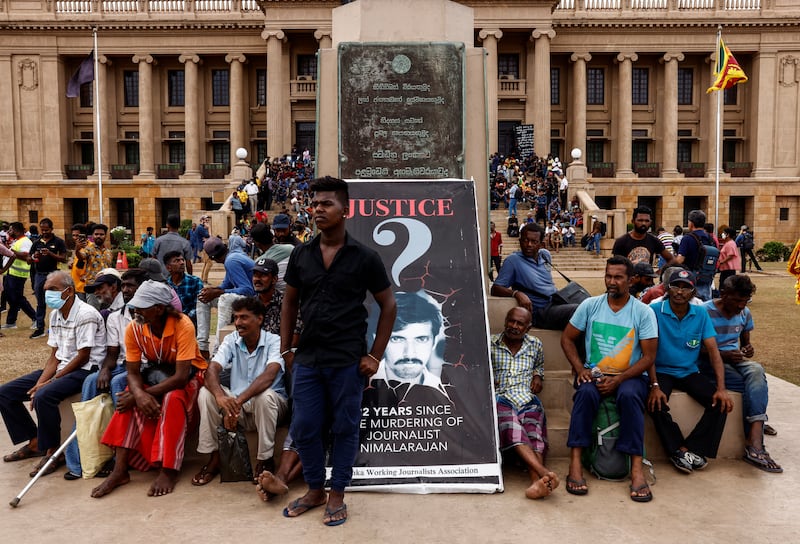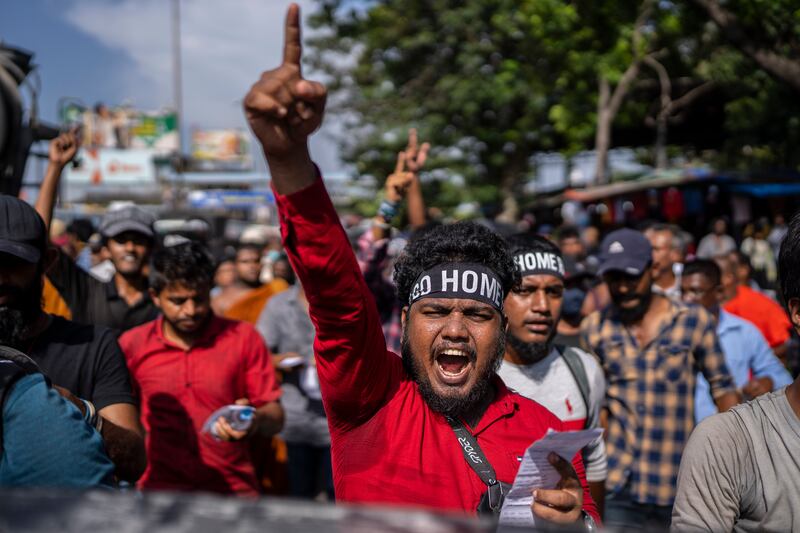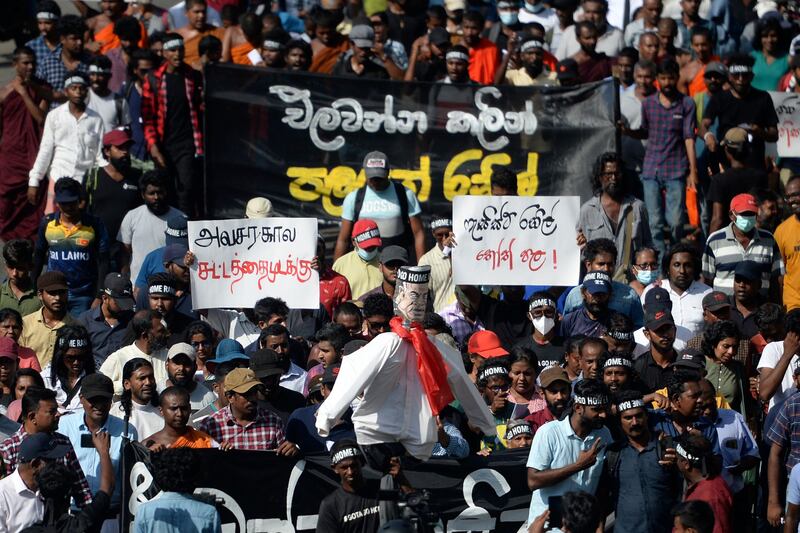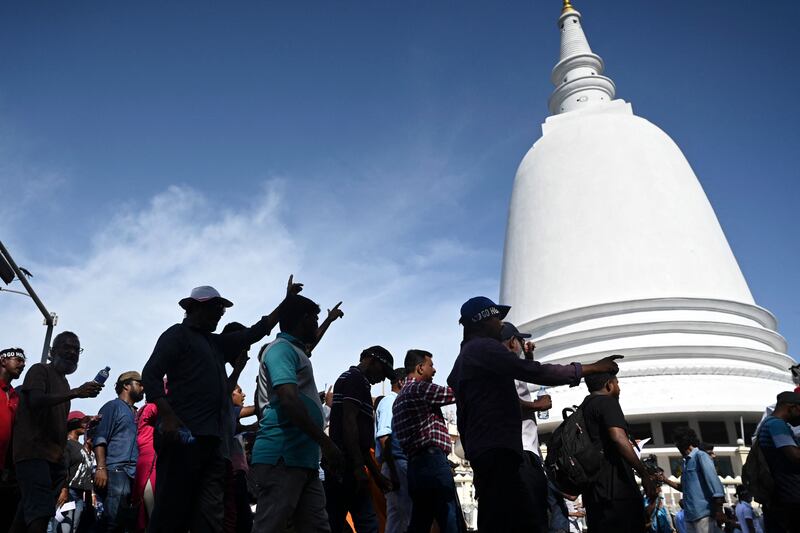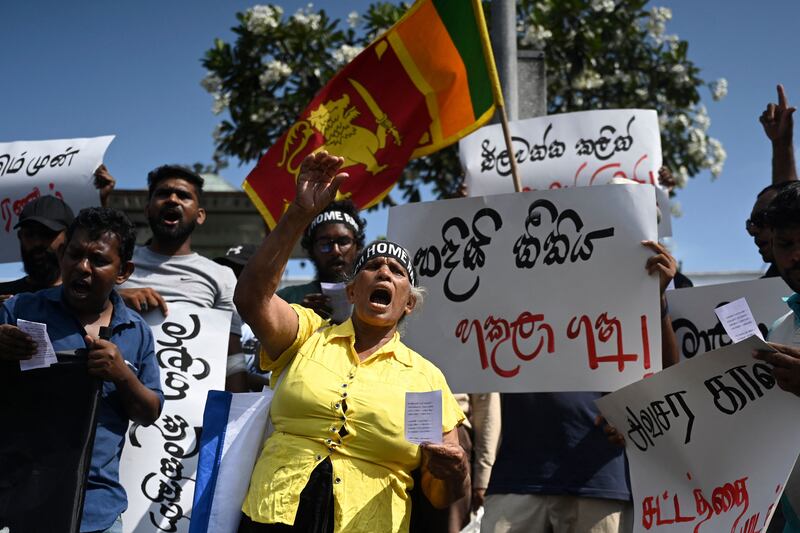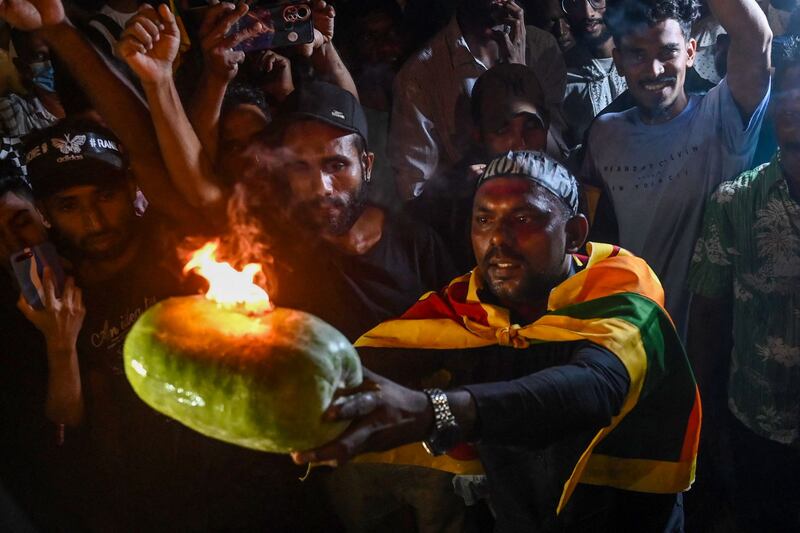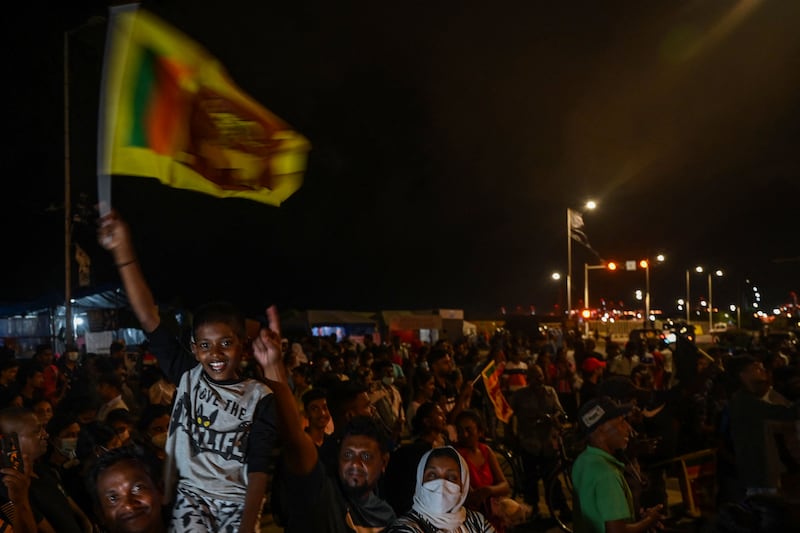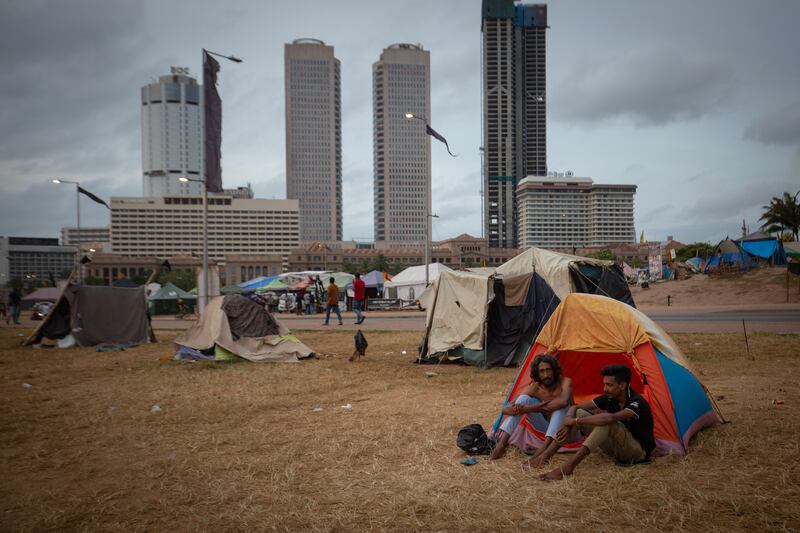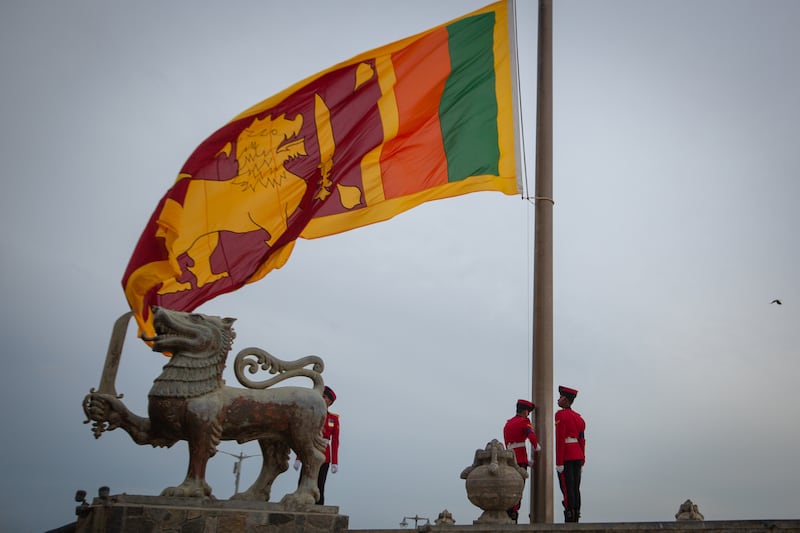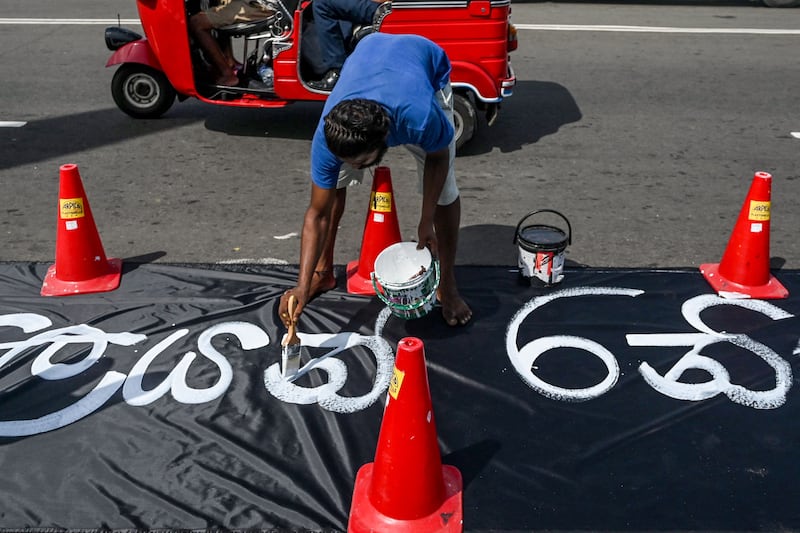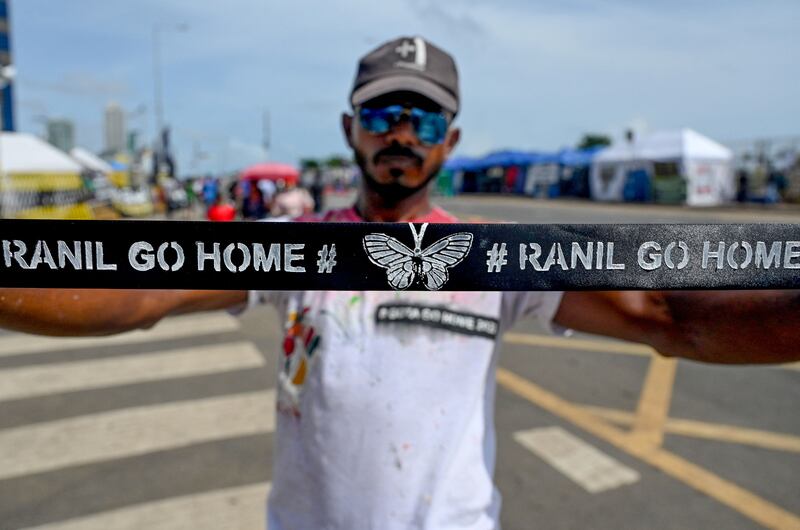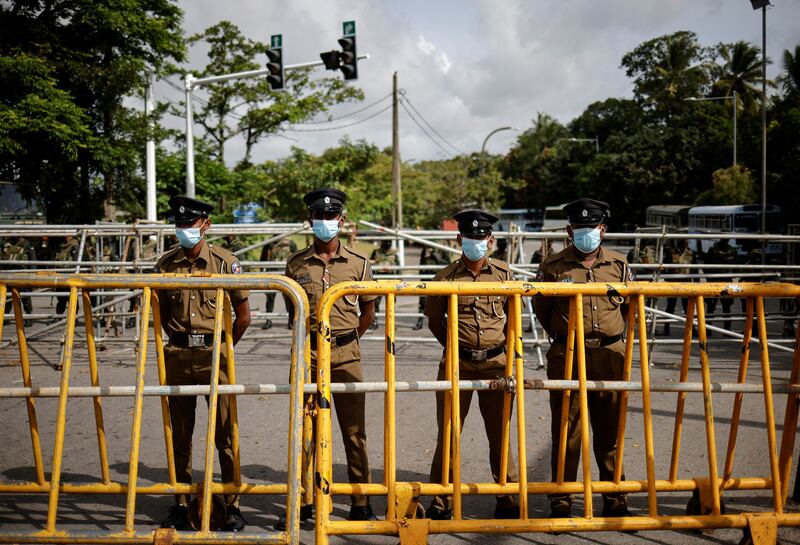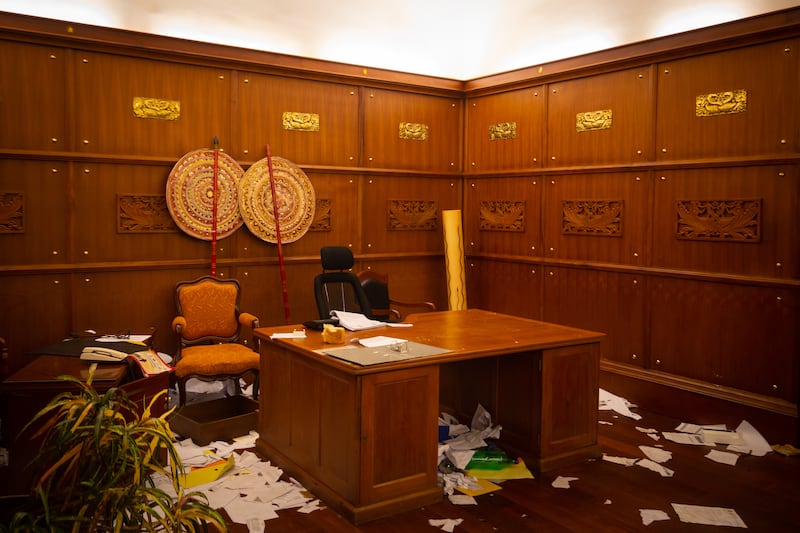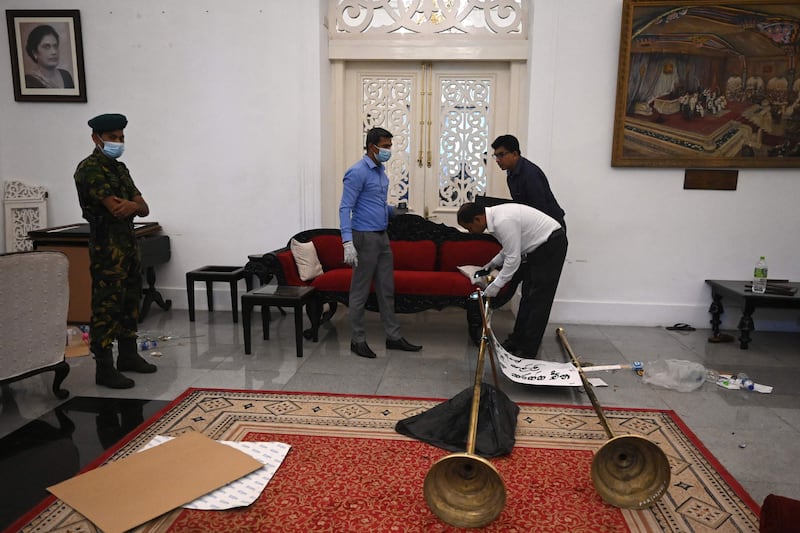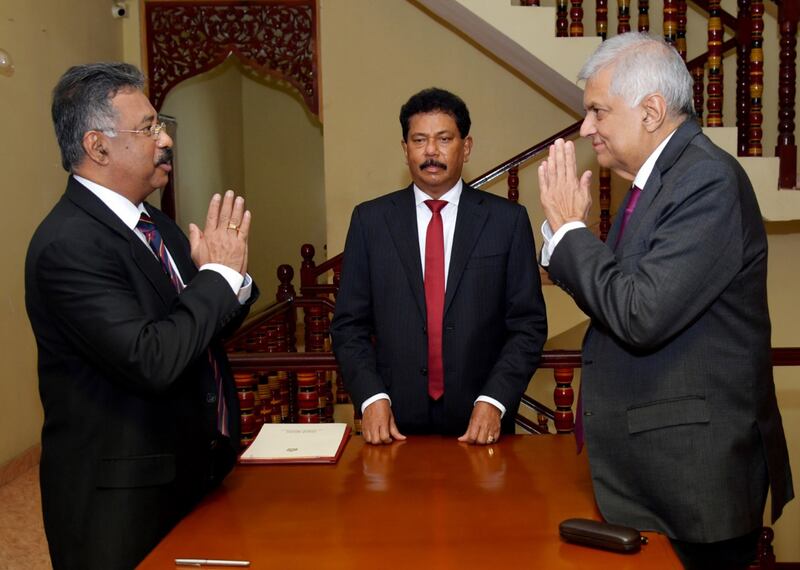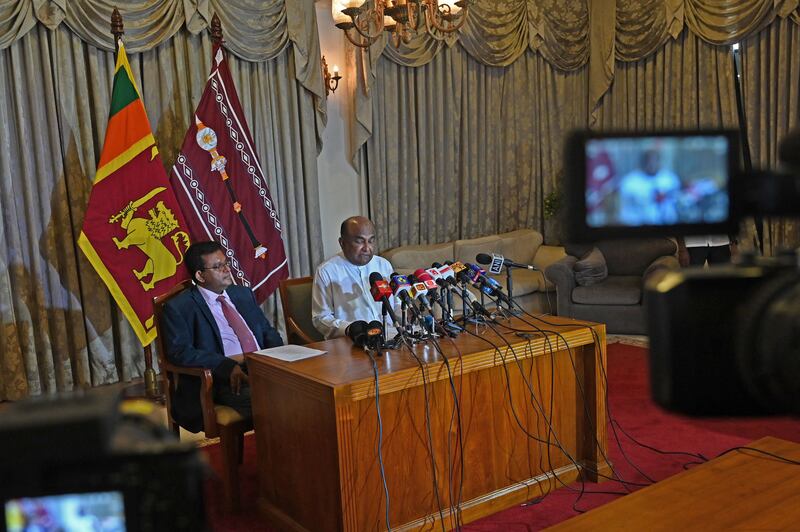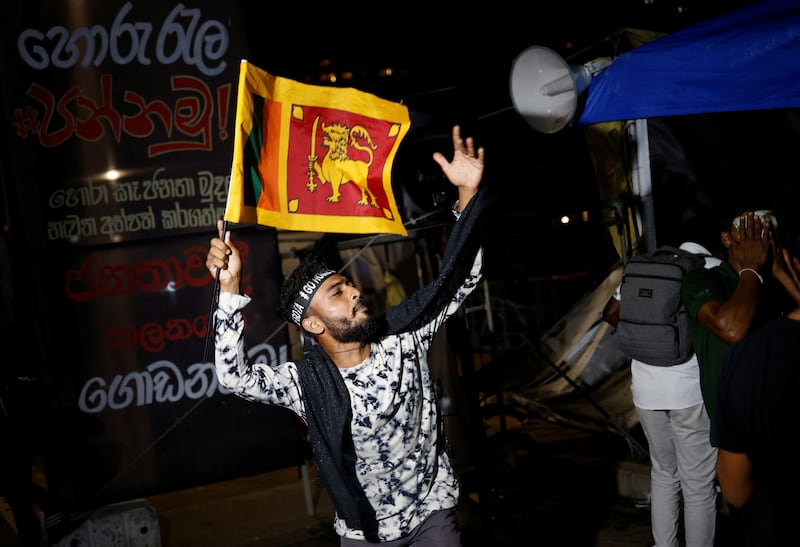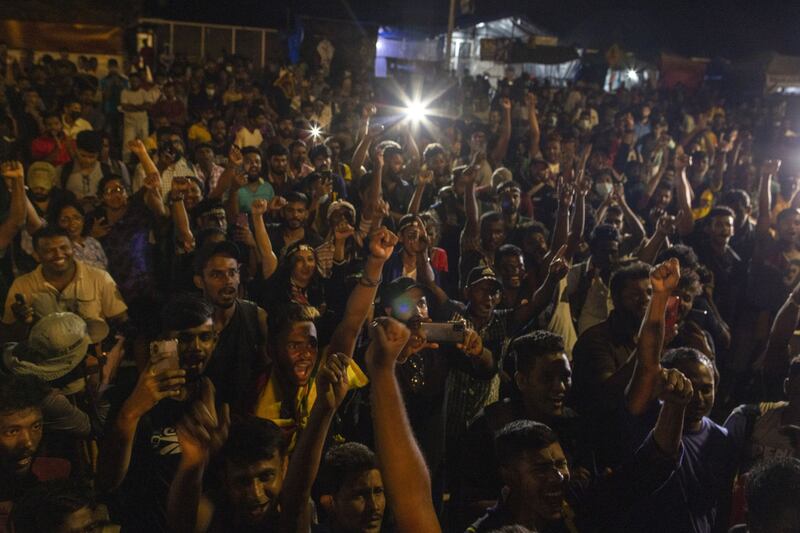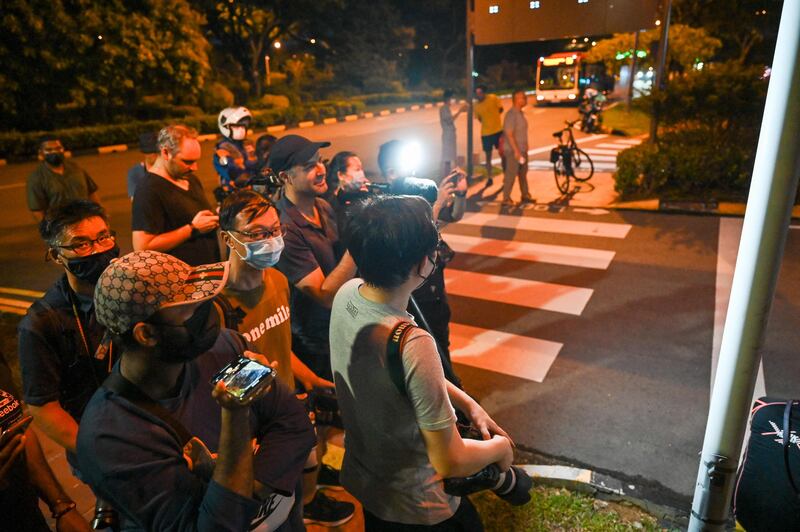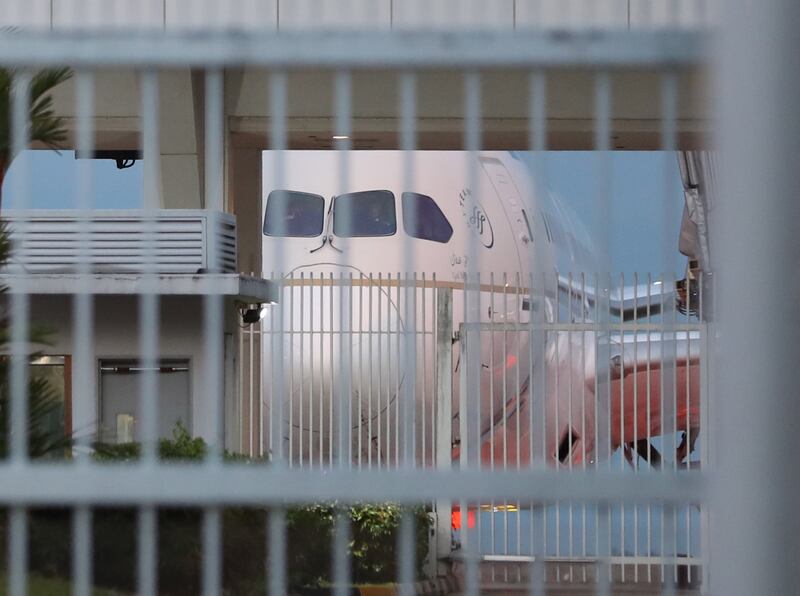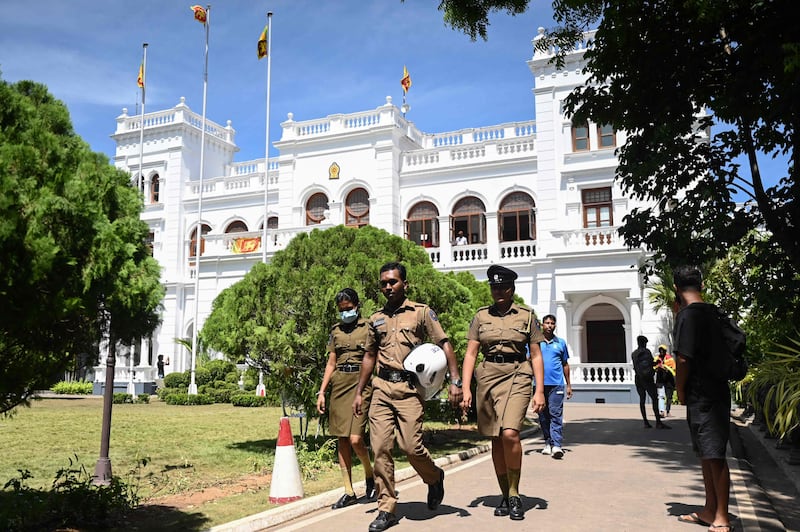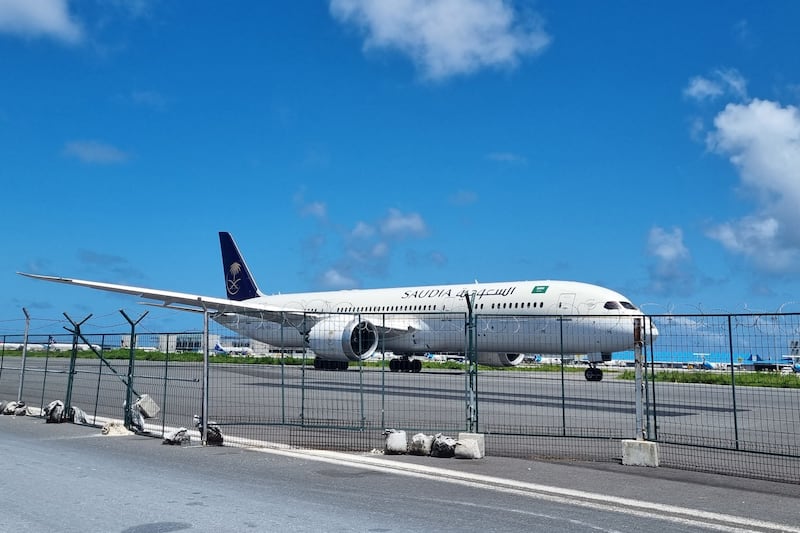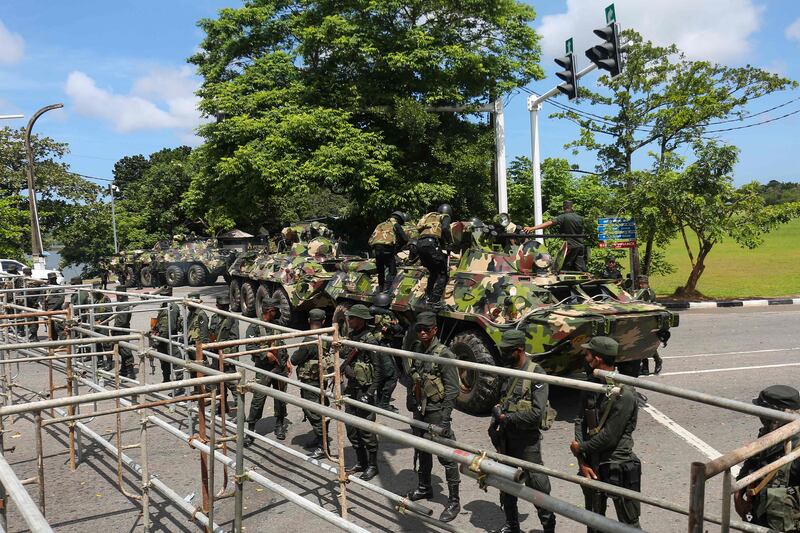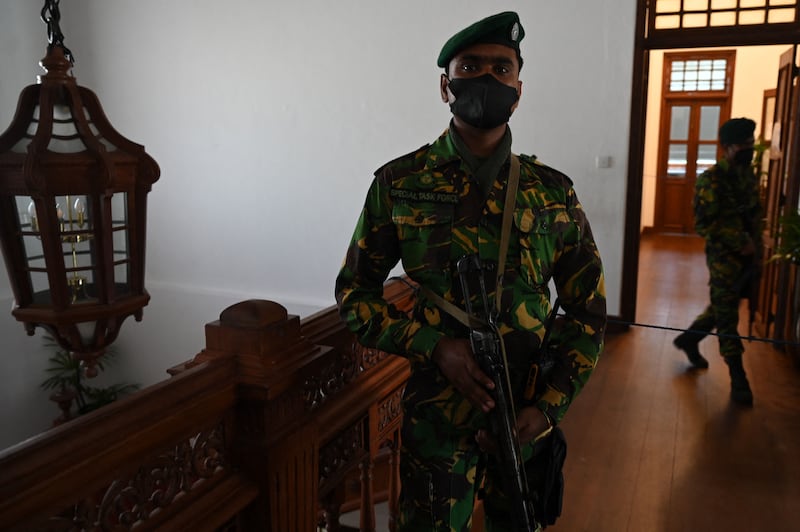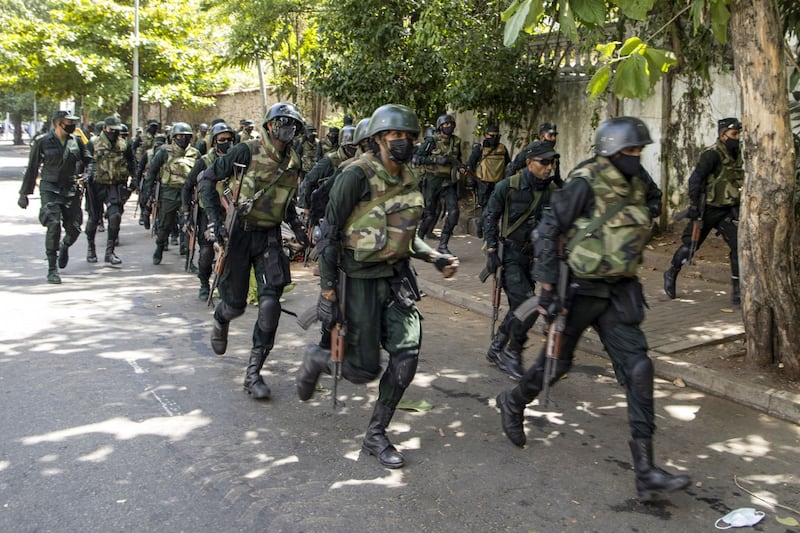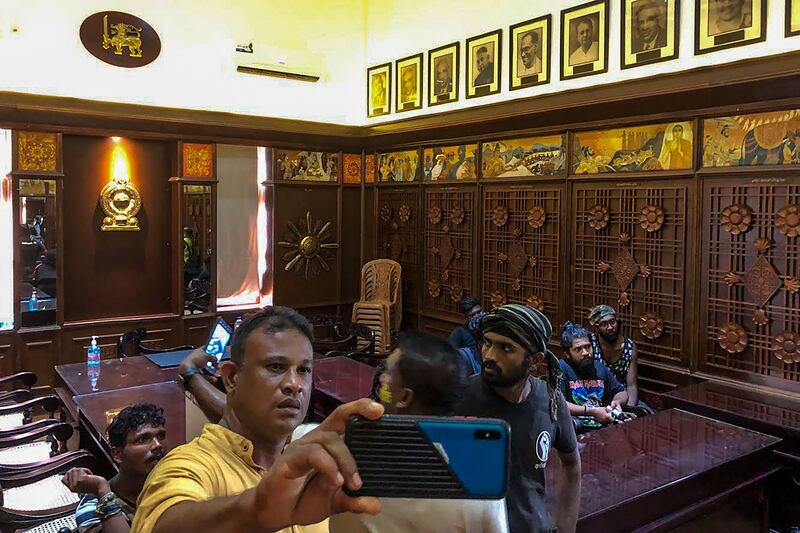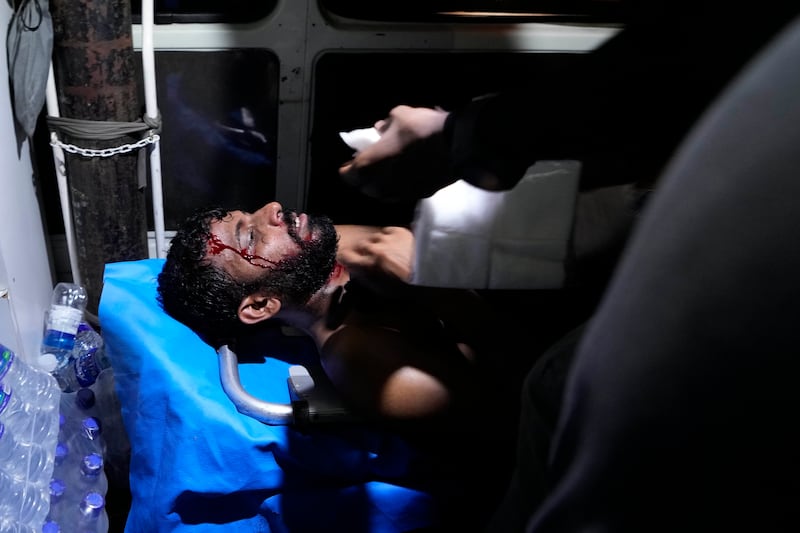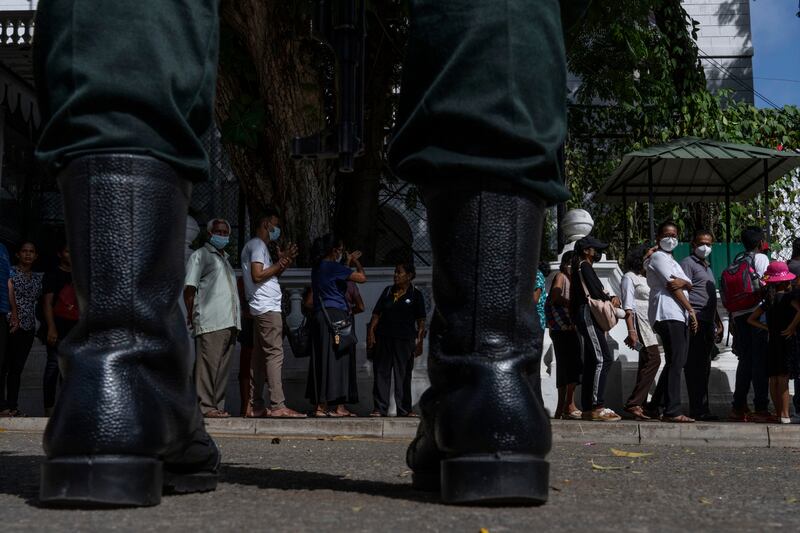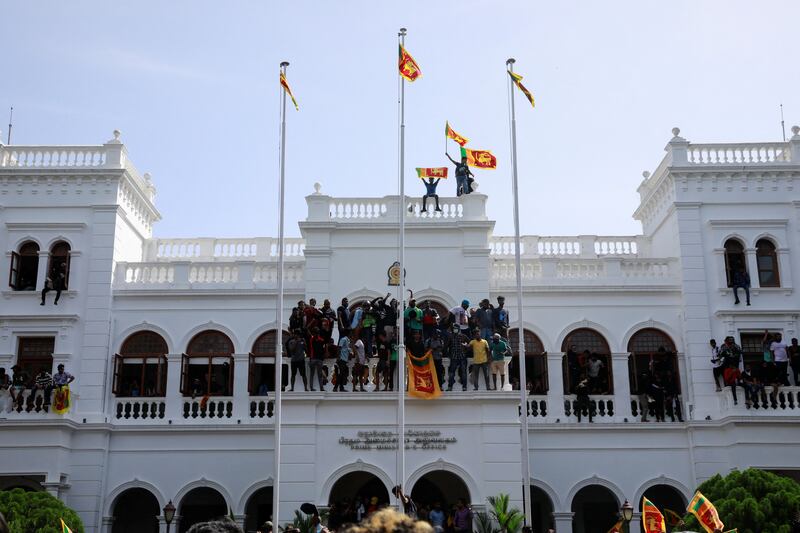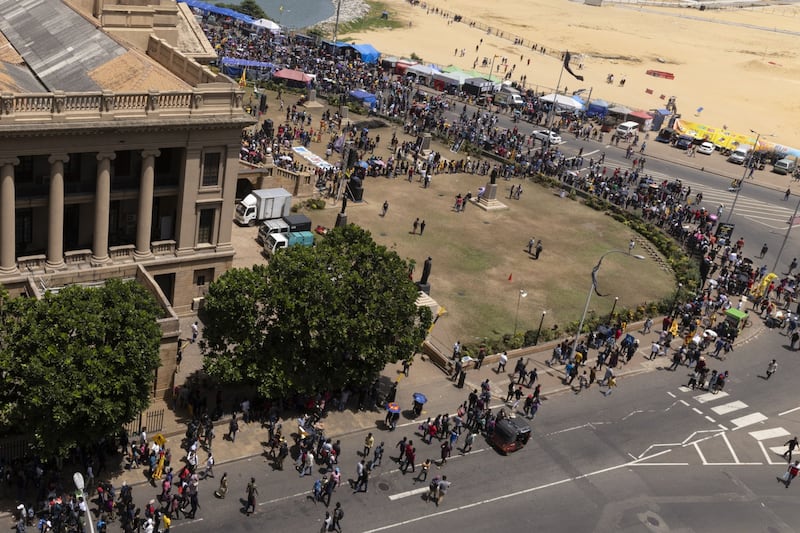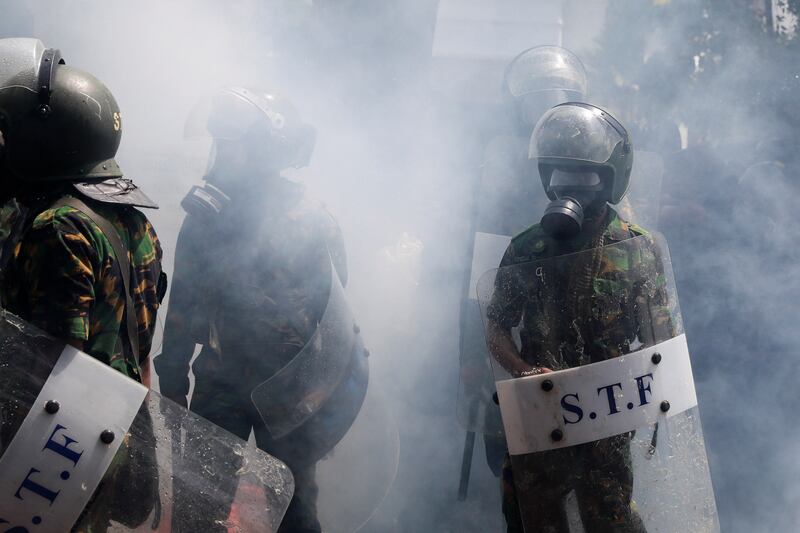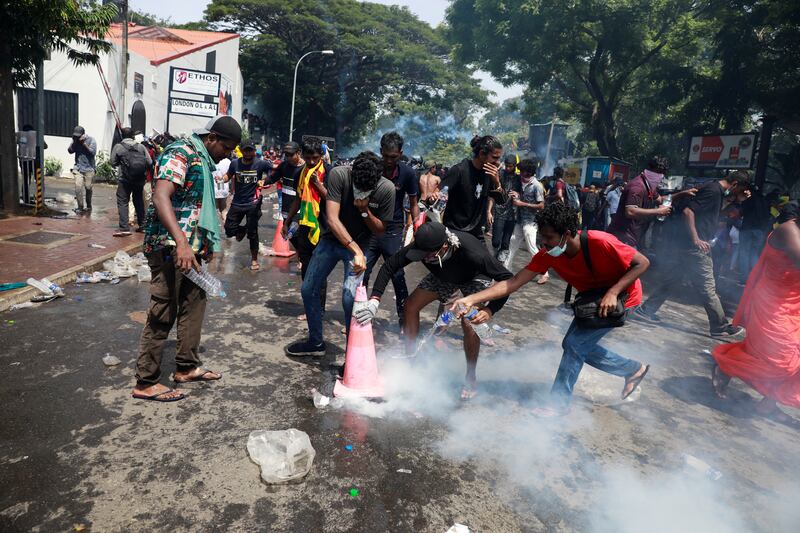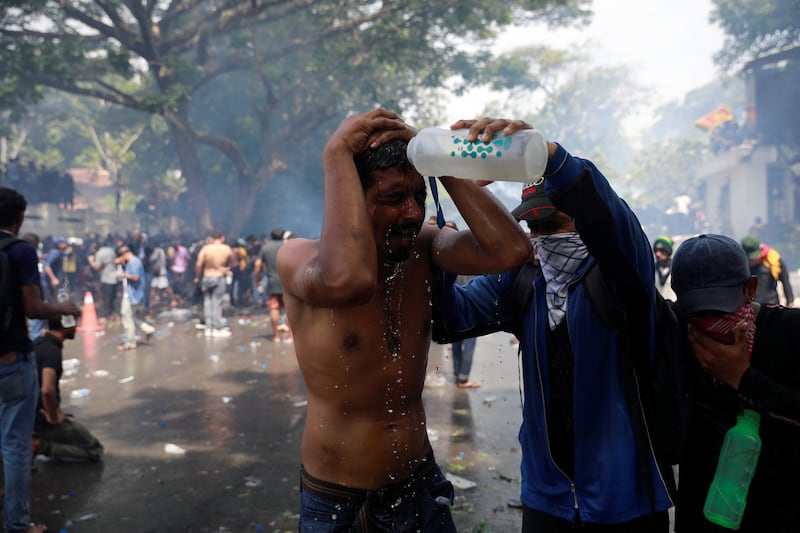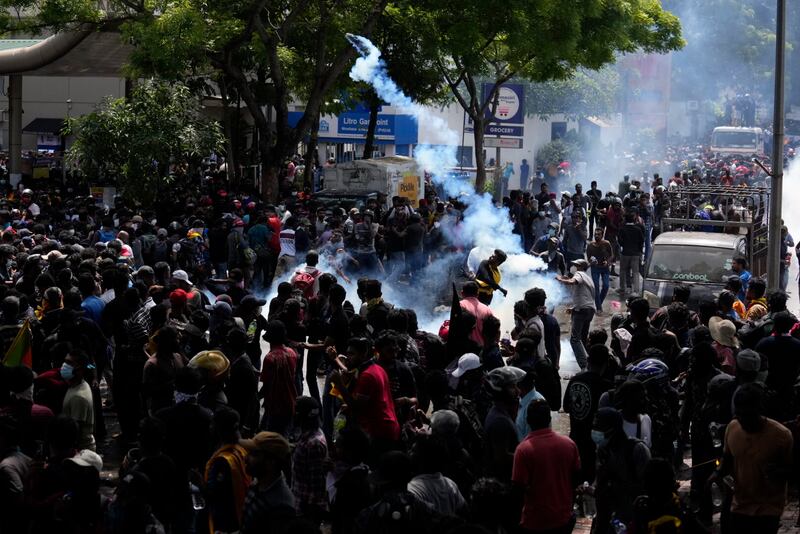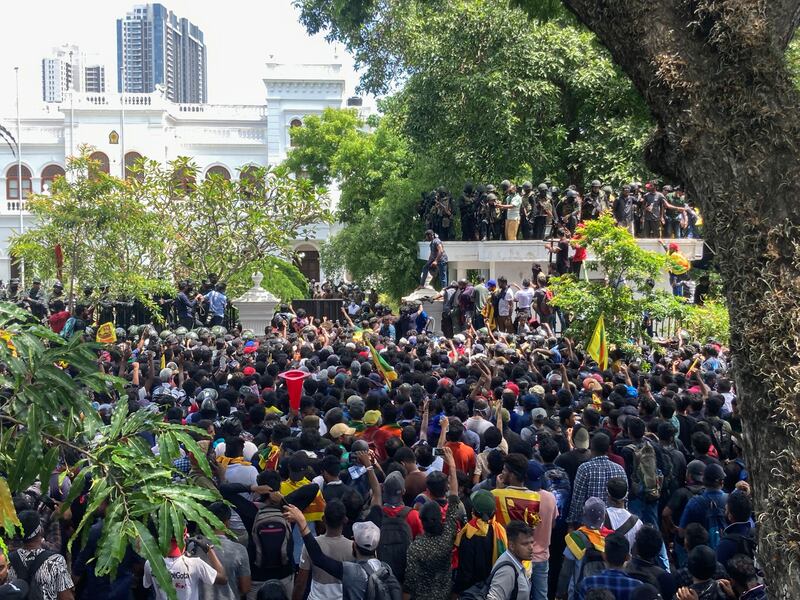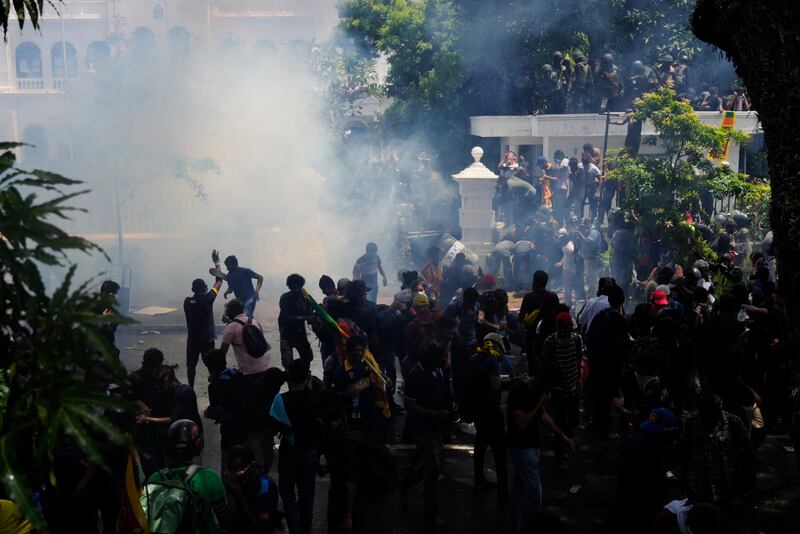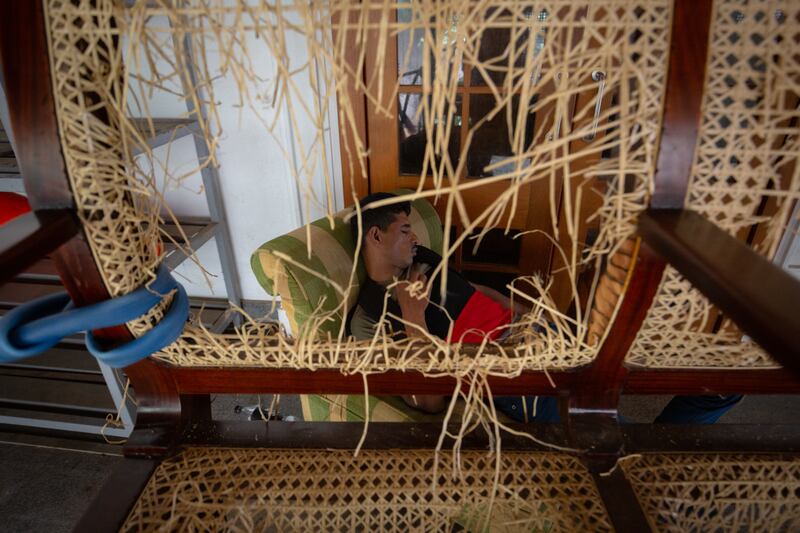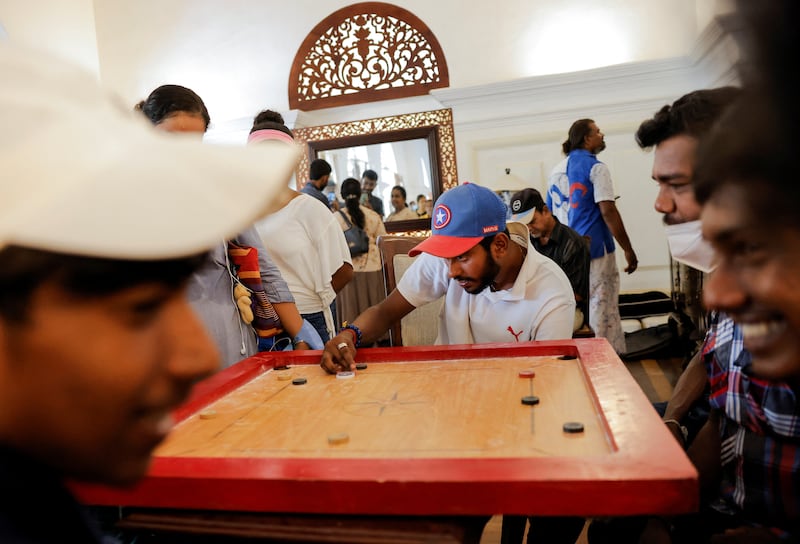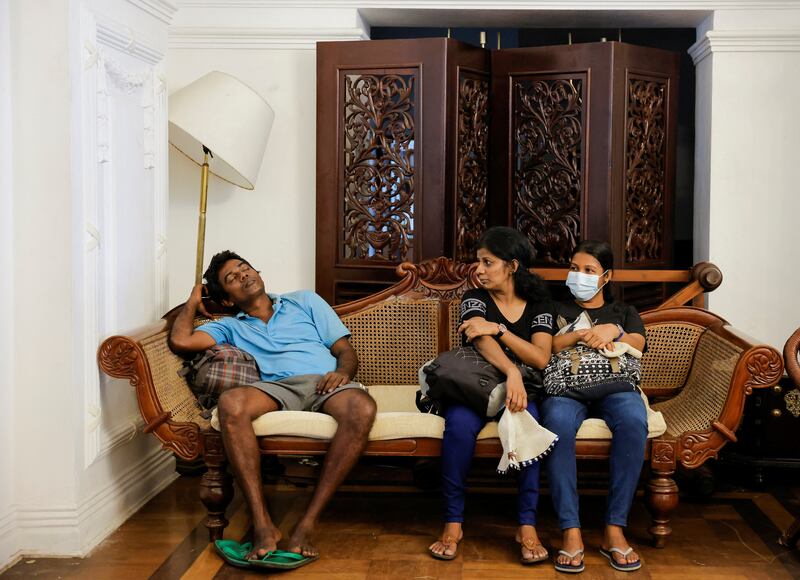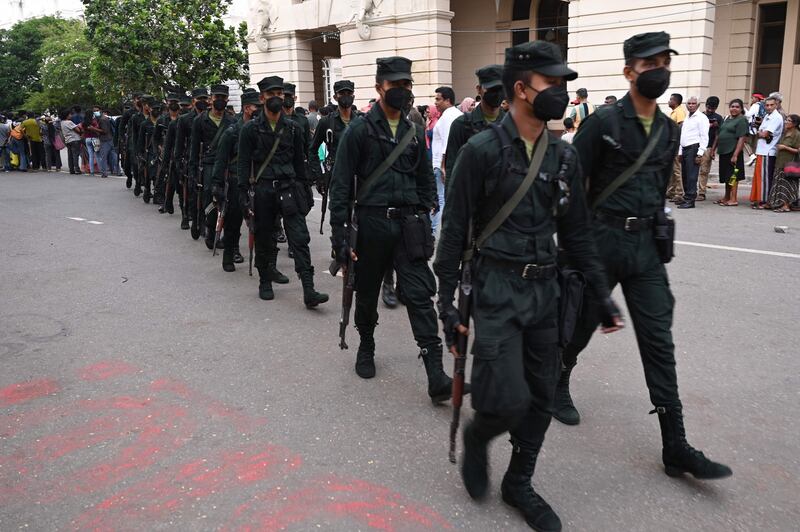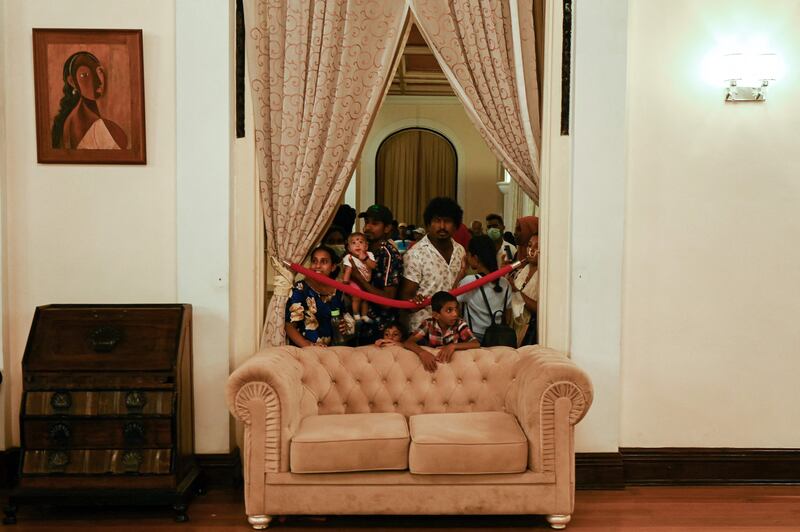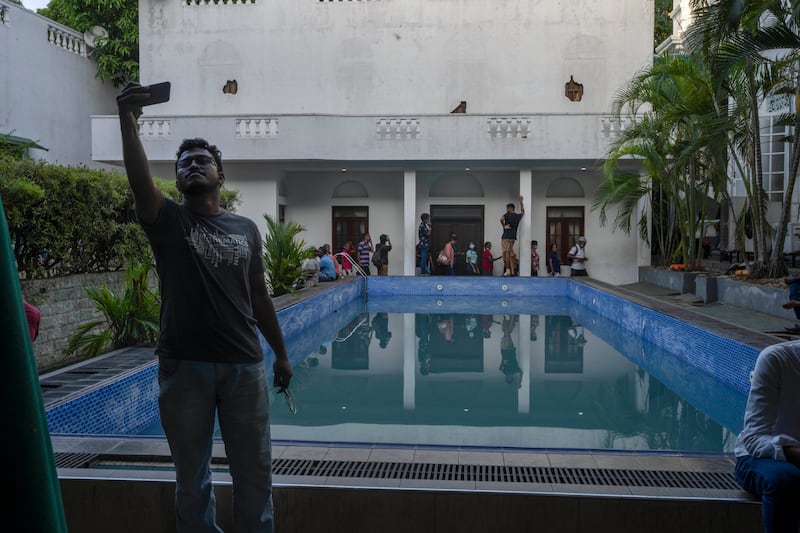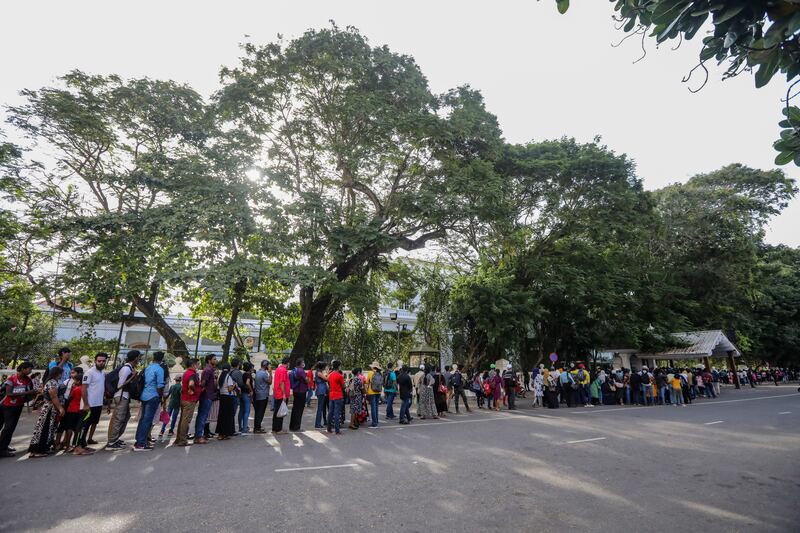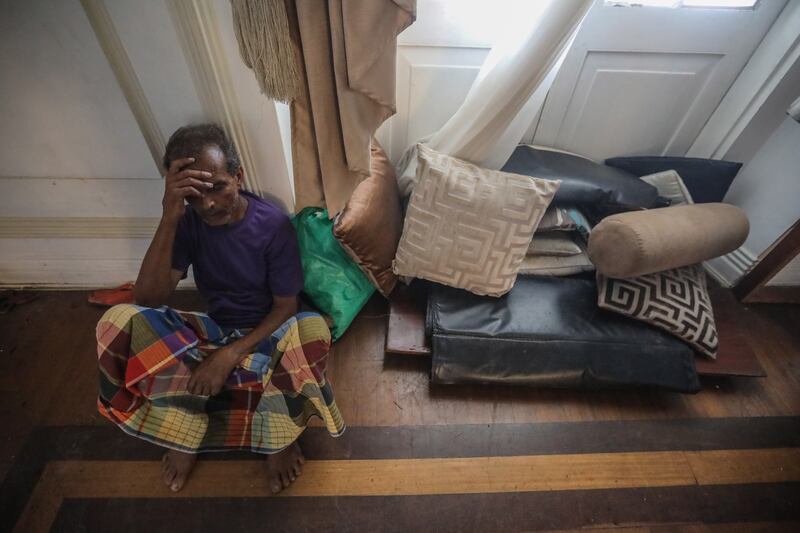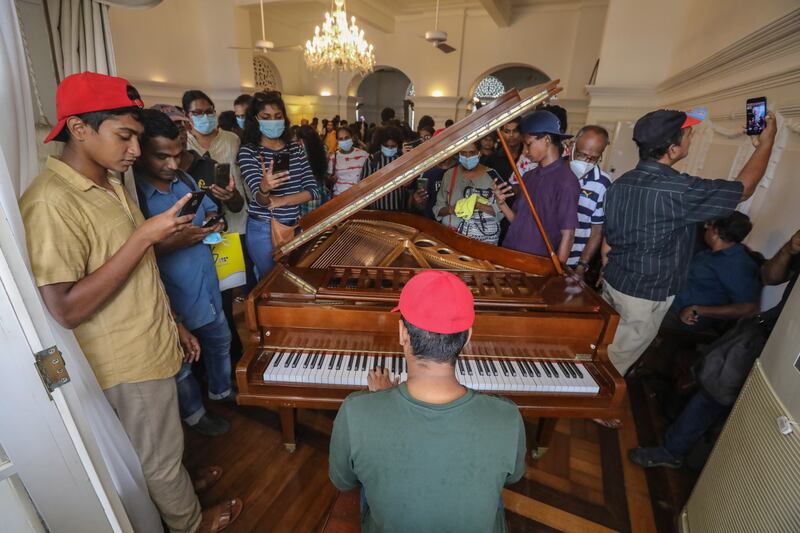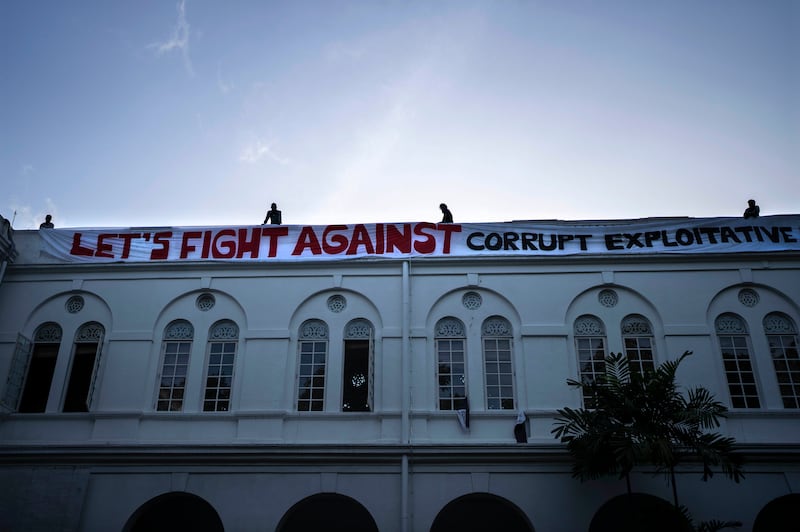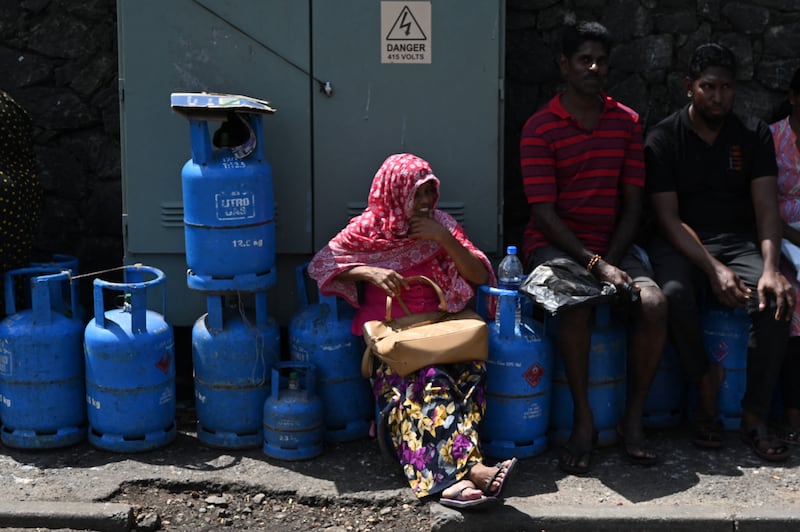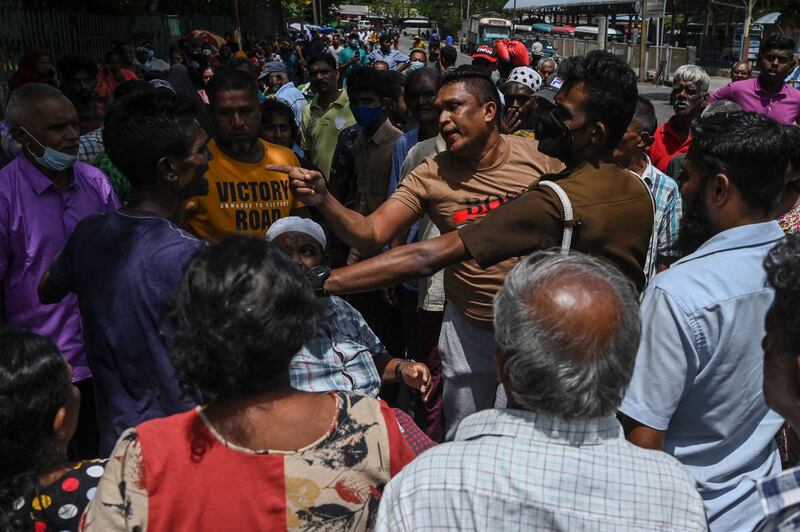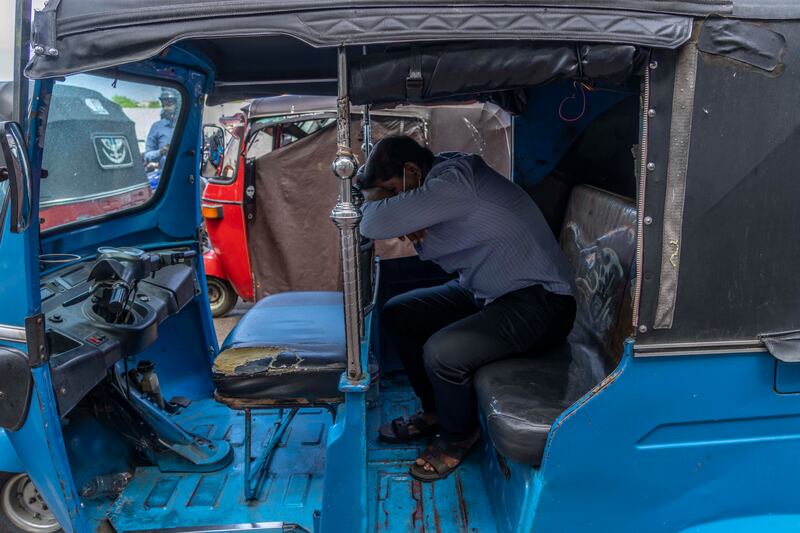Sri Lanka's protest movement reached its 100th day on Sunday after forcing one president from office and it is now turning its sights on his successor as the country's economic crisis continues.
Gotabaya Rajapaksa fled his palace shortly before demonstrators invaded it last weekend and on Thursday resigned from the presidency.
His mismanagement has been blamed for Sri Lanka's financial turmoil, which has forced its 22 million people to endure shortages of food, fuel and medicines since late last year.
Sri Lanka's President Rajapaksa flees to Maldives in Air Force jet
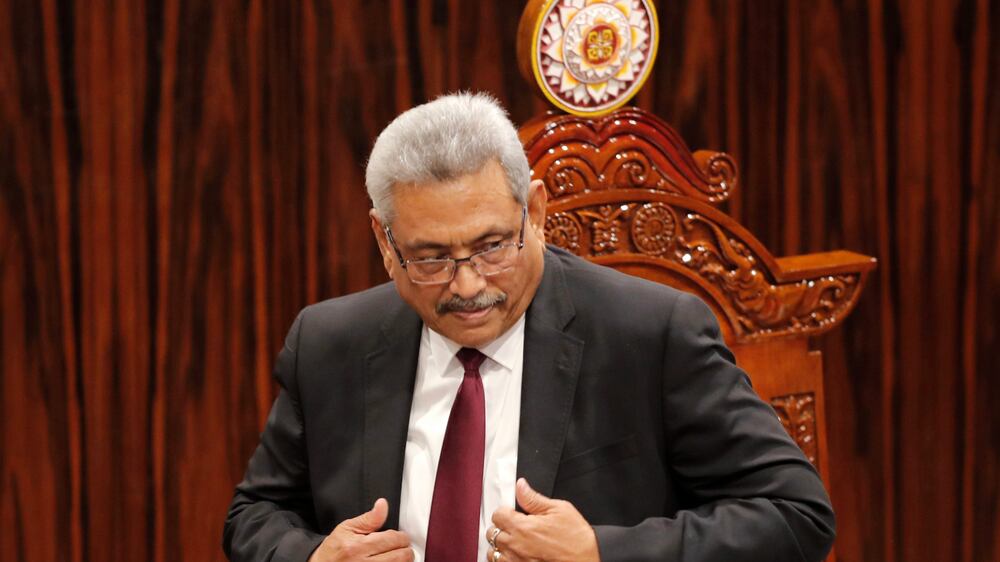
The campaign to oust Mr Rajapaksa, organised mainly through posts on Facebook, Twitter and TikTok, drew people from across Sri Lanka's often unbridgeable ethnic divides.
United by economic hardships, minority Tamils and Muslims joined the majority Sinhalese to demand the exit of the once-powerful Rajapaksa clan.
It began as a two-day protest on April 9, when tens of thousands of people set up camp in front of Mr Rajapaksa's office — a crowd so much larger than the organisers' expectations that they decided to stay.
Under Sri Lanka's constitution, Prime Minister Ranil Wickremesinghe was automatically installed as acting president after Mr Rajapaksa's resignation, and is now the leading candidate to succeed him permanently in a parliamentary vote next week.
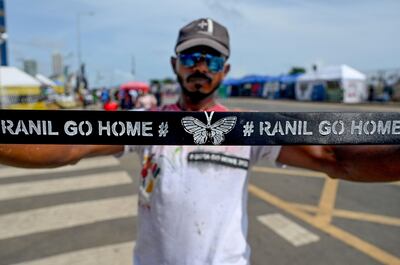
But the veteran politician is despised by the protesters as an ally of the Rajapaksa clan, four brothers who have dominated the island's politics for years.
Social media activist and protest campaign supporter Prasad Welikumbura said Mr Wickremesinghe, too, should go.
"It's been 100 days since it started," Mr Welikumbura wrote on Twitter.
But the protest movement was still far from achieving "any concrete change in the system", he said.
Mr Rajapaksa's elder brother Mahinda resigned as premier in May and he appointed Mr Wickremesinghe, a five-time prime minister, to replace him despite his being an opposition MP representing a party with only one seat in parliament.
The move did little to assuage the protesters' anger, and after they stormed Mr Rajapaksa's colonial-era Presidential Palace on July 9 they also set fire to Mr Wickremesinghe's private home.
Now the Rajapaksas' SLPP party, which has more than 100 MPs in the 225-member parliament, is backing Mr Wickremesinghe in the vote scheduled for Wednesday.
A spokesman for the protesters told AFP: "We are now discussing with groups involved in the 'Aragalaya' [struggle] on turning the campaign against Ranil Wickremesinghe."
Numbers at the protest site have diminished since Mr Rajapaksa's exit, and the demonstrators have vacated three key state buildings they occupied — the 200-year-old presidential palace, the Prime Minister's official Temple Trees residence and his office.
Mr Wickremesinghe has ordered the military and the police to do whatever it takes to ensure order and defence officials said additional troops and police will be poured to the capital on Monday to bolster security around parliament before of the vote.
